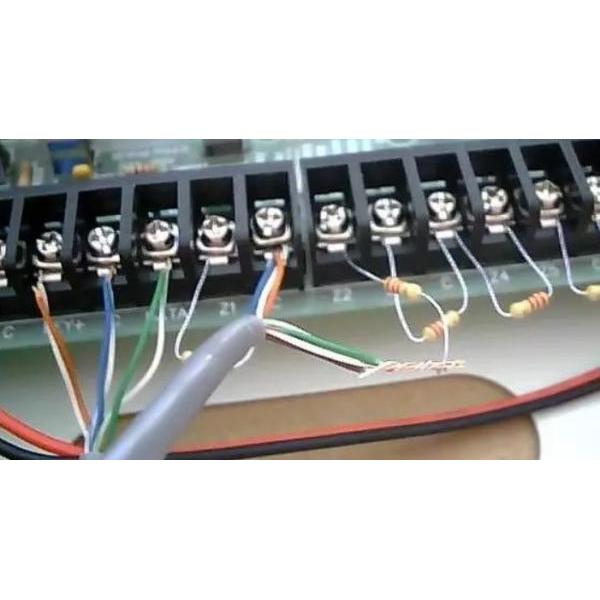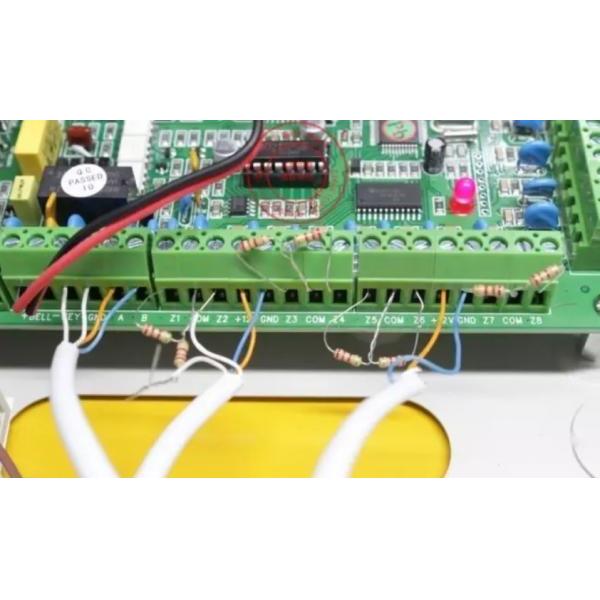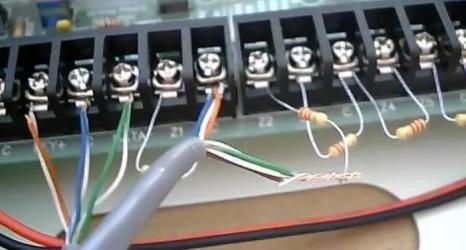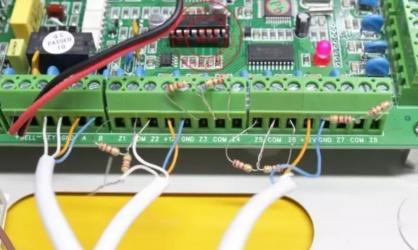What is End-of-Line Resistor for Fire Alarm System: Basics & Guide
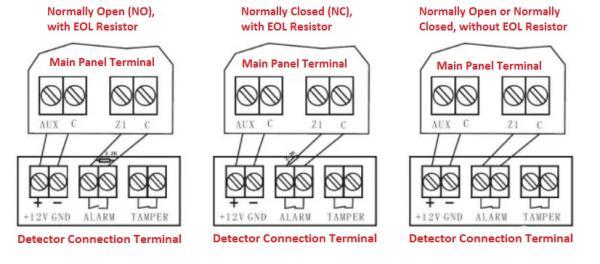
End-of-Line Resistor (or EOL) is a resistor that completes the zone circuit in a fire alarm system. Common resistances include 1KΩ、2.2KΩ、4.7KΩ、5.6KΩ、6.8KΩ, which can vary depending on the brand.
For a typical alarm system, the notification device signals can be either normally open (NO) or normally close (NC). The resistor completes the circuit for regular small current to pass through and check the alarm state. The alarm zone could be under one of the three possible scenarios:
- Fully open circuit voltage
- Reduced voltage (closed circuit & secure)
- No voltage (wiring compromised; shorted)
In case of any error, the system will report the zone that needs to be checked. For example, 0V reading would indicate the alarm zone is short (fault), 12V will mean there is an open circuit (fault) and 5V will mean the zone is closed with resistors.
Thus, having EOL resistor will ensure the farthest device (end-of-line) cannot be disabled by shorting the wire. The resistors are almost always used by fire zones because fire detector devices are normally open and close only upon tripping/activation.
Alarm zone supervision using resistors placed at the end will ensure the functional integrity of the alarm & prevent access of shorted zone. In addition, if the wires were damaged from pulling or bitten by rodents, it will also be alerted.
For any questions or projects, please contact one of our specialists for more information.
